Teaching International Student Pilots
Air Facts
MARCH 5, 2025
Once wings-level on the Inside Downwind, you lower the gear and flaps and, approximately one mile beyond the landing threshold, you reduce power at The Perch. You then execute a 180 o descending Final Turn maintaining 175 knots to arrive wings-level one mile from the threshold on final approach at 500 AGL. from an unsafe approach.

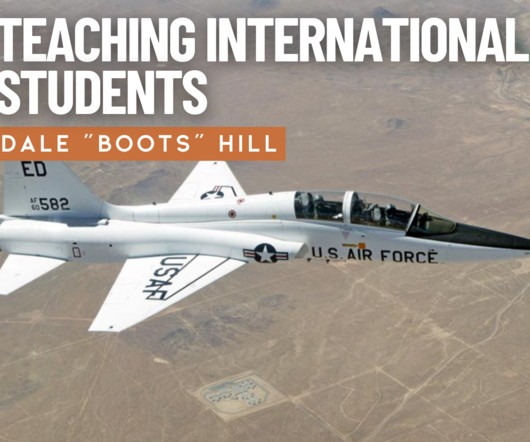
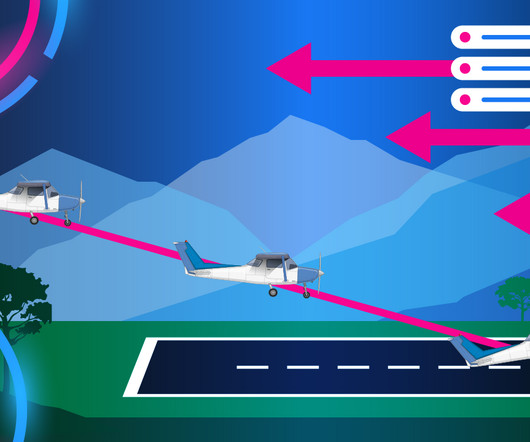
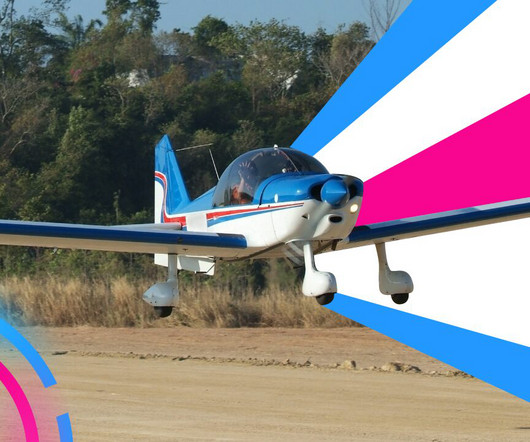
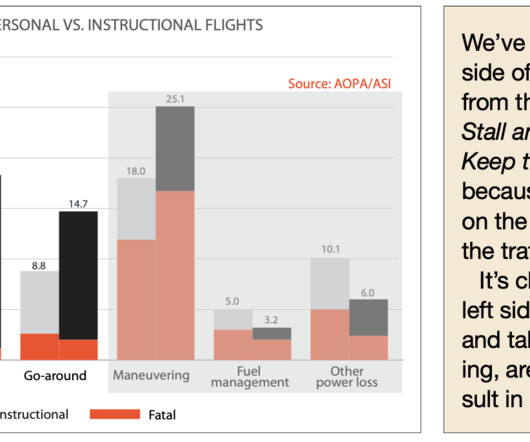
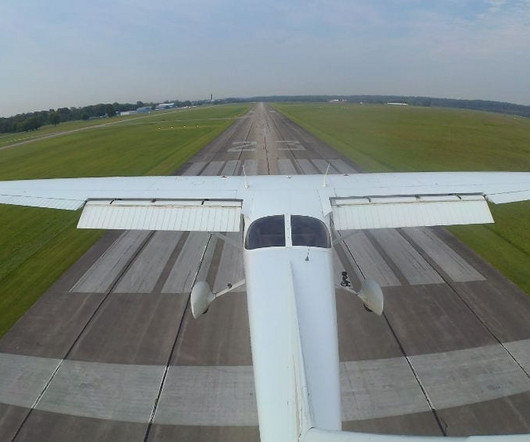






Let's personalize your content